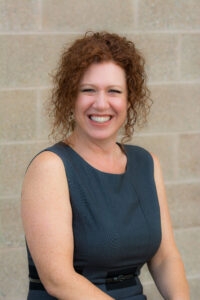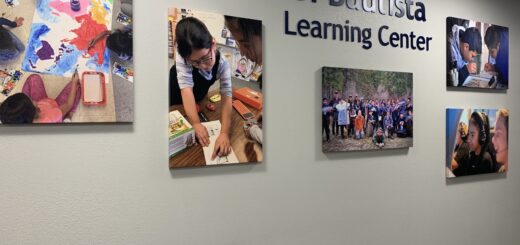Collaboration becoming powerful tool for community building
Editor’s Note: Second of two columns
The more I learn about the Our Valley Our Future grass roots community-building effort, the more I appreciate the people who are involved and their dedication to creating opportunities for everyone to make meaningful contributions. At the heart of the Our Valley Our Future effort is a commitment to collaboration and cooperation across the arbitrary boundaries of cities, counties and institutional prerogatives.
Recently, I sat down with Stacy Luckensmeyer of Wenatchee Valley College to talk about entrepreneurship efforts at the school as well as how the Our Valley effort is gaining traction in the community. My podcast interview with Luckensmeyer can be accessed at artofcommunityncw.com or via ITunes.
Luckensmeyer was one of a small group of economic development thought leaders from both side of the Columbia River who started meeting a few years ago to see how they might work together to make our valley stronger. There was no edict from the powers that be in the community to form this group and go forward — they just saw a need and took action.
Folks from around the Wenatchee Valley will recognize many of the names as “get-it-done” leaders: Shiloh Schauer of the Wenatchee Valley Chamber of Commerce, Lisa Parks of Douglas County Port District, Alan Walker of United Way, Steve King and Allison Williams of the City of Wenatchee, Lori Barnett of the City of East Wenatchee, Gustavo Montoya of El Mundo, Norma Gallegos of Hand in Hand Immigration Services, David Olson of Columbia Valley Community Health and Sarah Rolfs of the Wildfire Project.
What has impressed me about the key people behind the Our Valley Our Future effort is their willingness to experiment and learn from things that don’t work, the lack of ego about taking credit and their absolute devotion to building a stronger, healthier community in all aspects.
The Our Valley Our Future effort tapped into the wisdom of the community through surveys (23 percent of which were completed by Latinos). Teams of community members came together to develop action items based on the community feedback, and businesses and agencies locally took responsibility for more than 140 action items to help strengthen the community. This bubble-up approach is the antithesis of top-down planning. That’s what makes it so powerful, because it invites everyone and anyone to do what they can to make the community better. Think of it as Make a Difference Day on steroids.
Another heartening aspect has been their devotion to giving voice to those in our community who are often not invited to participate — forgotten folks who are in poverty, or who have mental health challenges, developmentally disabled.
Luckensmeyer told me she remembers the day that one of the members came up with the concept of “nothing about me, without me.” The notion of intentionally engaging people who are in challenging circumstances and listening to them talk about their life experiences before coming up with a solution honors everyone in the community. This open-minded and open-hearted approach to community improvement makes intuitive sense.
Another important concept that this group has used as an operating principal is that the future is either going to happen “to us or through us,” Luckensmeyer told me. We live in a remarkable place with great people. Making sure that we enhance the sense of community and care about the success of the whole community rather than just, say, the economy, is critical to making sure that we don’t lose the soul of the community as change happens here.
There are some local leaders who pooh-pooh the Our Valley Our Future effort, and that’s OK. If they’d prefer to work in isolation and have little interest in tapping into the wisdom and energy of the whole community, so be it.
I’m in favor of making this a community for everyone and not just a few privileged leaders working in isolation.



